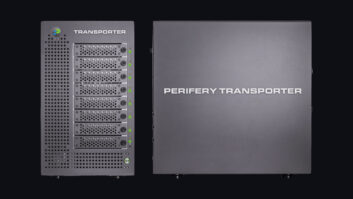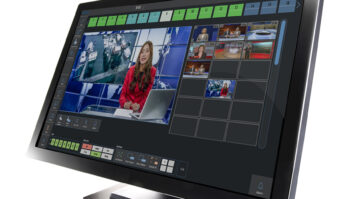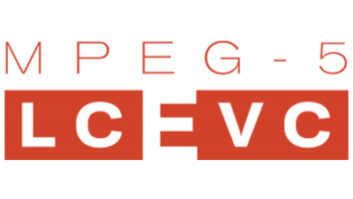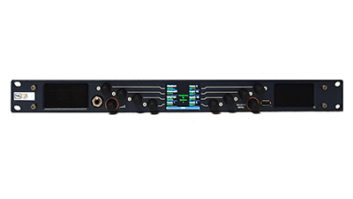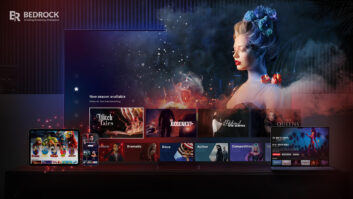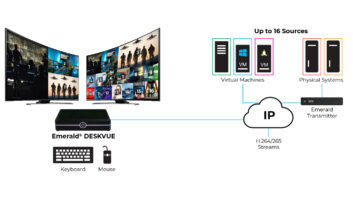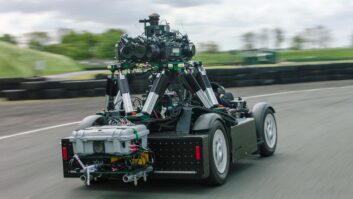Vizrt’s VP of research and development, Steve Taylor, details how the company is using artificial intelligence to achieve simplicity in its products for the media industry.
What impact has the pandemic and its continuing aftereffects had on the company’s approach to R&D and product development?
Before the pandemic, I was used to working with teams standing around whiteboards, designing product architecture or planning a roadmap. Adapting to the pandemic wasn’t a dramatic shift, since our company is used to worldwide collaboration. But the energy of being in the room with your team fuels creativity like nothing else.
In terms of product development, the pandemic showed an urgency in people needing to meet and create content remotely, and that includes on-air. With the enormous demand for hybrid working, hybrid interviews, and distributed remote and cloud production, it’s clear the technology must offer versatility without compromising on quality to meet these needs.
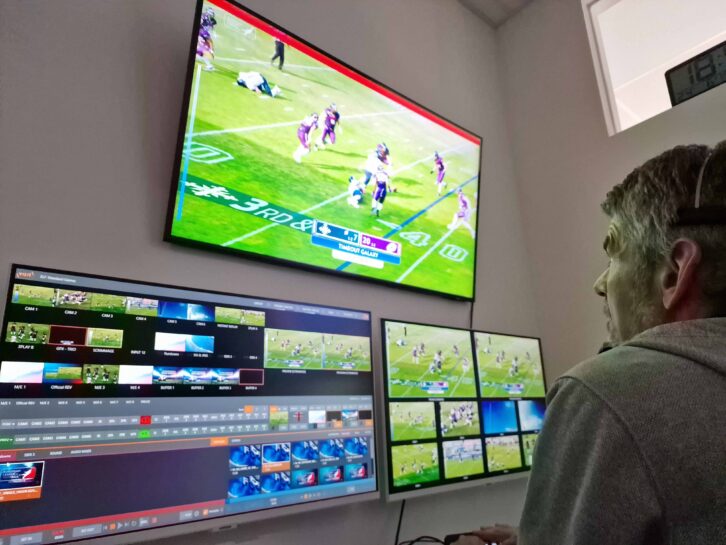
What are the biggest challenges you are facing in R&D and product development/deployment in the current landscape?
Creators need to produce more quality content. To increase the number of productions without compromising on quality, or without major disruption to our tech and the customers’ comfort, we’re taking our technology into the cloud. This is being done whether it’s via hosted services using Viz Now, or by expanding our offering of SaaS Solutions like Viz Flowics. Our use of product workflows in the cloud, coupled with NDI technology for low latency streaming – from camera, to cloud, to operator – attends to this challenge. It’s working though, we’ve had technical directors asking if we were running the machines under the desk!
Where do you see the most opportune areas for innovation in your area of the market, and what tech/solutions will drive that development?
Ultimately, our market needs simplicity. If you spend more time constructing and driving the workflow than telling your story, then the creative process isn’t being maximised. We work to make sure our products are easy to install, upgrade, and integrate – from the independent creator to the world’s biggest broadcasters. With solutions to automate some of the time-consuming tasks of productions, operators get precious time back.
In the future, I believe AI will have a major influence on achieving simplicity. We use AI Machine Learning (ML) in Viz Virtual Studio, and Viz Arena and Viz Libero for sports, for object tracking, talent reflection, advanced keying and advertising placement.
What are you working on currently that excites you as a product team, and what can we expect to see at IBC 2023?
Because our products and solutions serve various areas of the content creation market, we are always looking into how we can use our products in new integrated ways. This of course includes our growing set of cloud-based solutions, which enables an even greater community of creators to tell their stories.
At this year’s IBC, we’ll have shows that will dive into the powerful features of the iconic TriCaster and the new Viz Engine 5.1 – driving the automation of the show through Viz Mosart. Several demo pods will explore our comprehensive solutions, including in ProAV & corporate, live production systems, sports and replay, and cloud workflows. Come see for yourself, at booth 10.A41!
